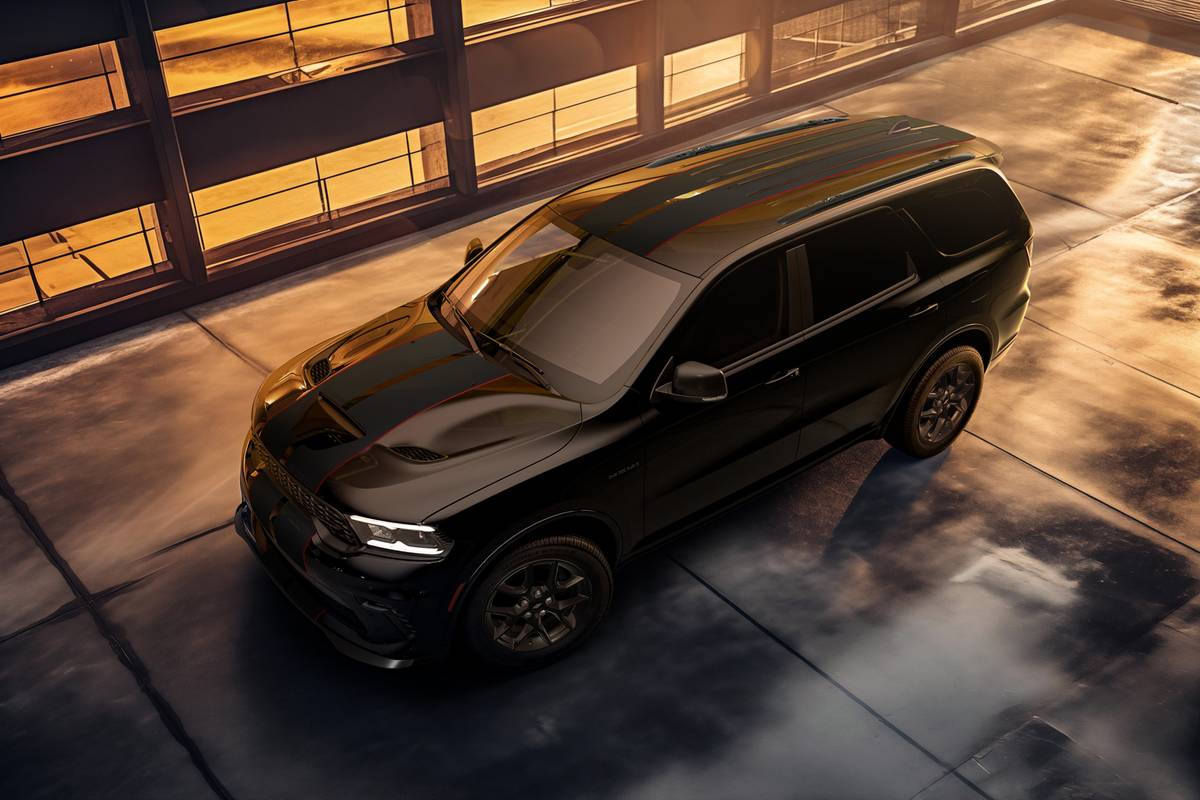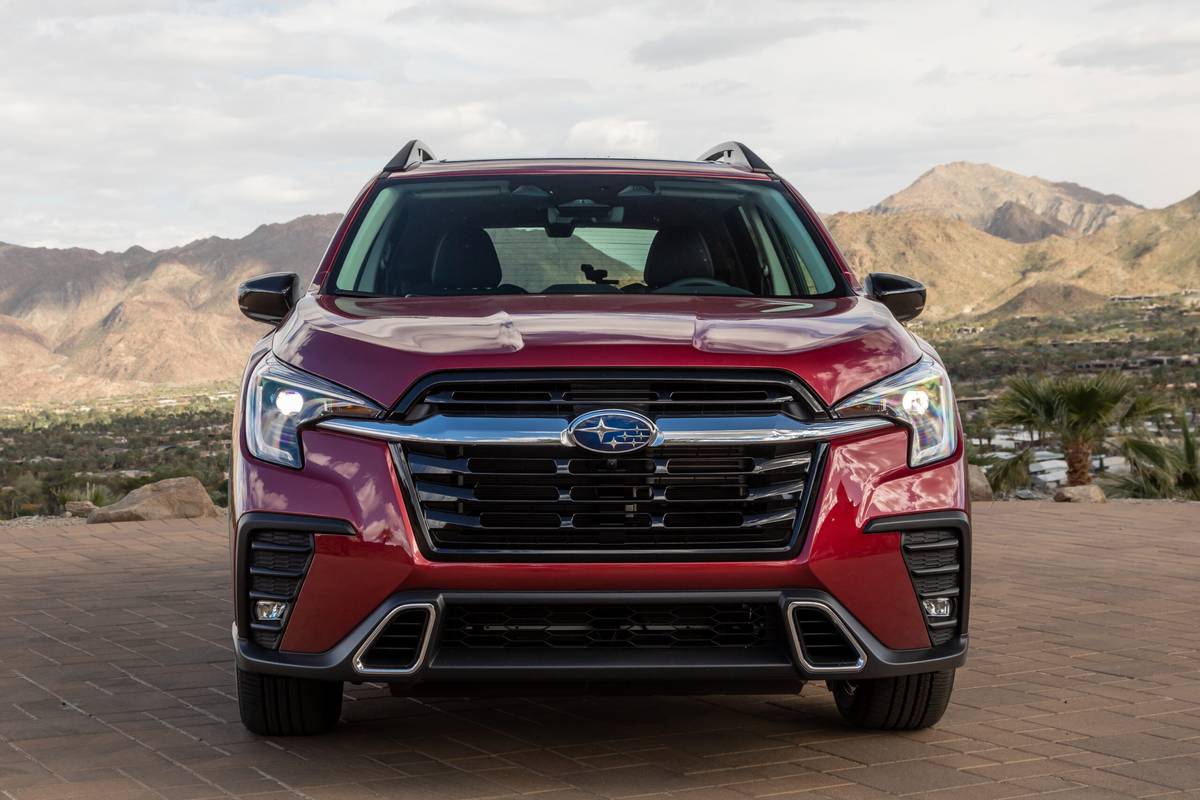chicagotribune.com's view
The Millenia was never meant to be-at least never as the Mazda Millenia.
The Japanese automaker’s newest luxury sedan, which became available last month as a 1995 model, was to have been the entry-level member of Mazda’s new stable of luxury cars. The cars were to be sold through a separate division, called Amati-like Toyota’s Lexus, Nissan’s Infiniti and Honda’s Acura.
Before Amati could be launched, however, Mazda ran low on money and pulled the plug on the division. Instead, it took the entry-level Amati sedan into the Mazda fold as an offering one step below its top-of-the-line 929 sedan. Another Amati sedan, a super luxury model similar to the Lexus LS400 and the Infiniti Q45 and powered by a V-12 engine, won’t be produced at all.
Some consider Millenia a failure because Amati never materialized. Not true. The venture was foolhardy to begin with. Mazda was too small to have a second division. It would have been economically unwise to demand that dealers set up separate, expensive stores to peddle low-volume luxury merchandise.
So let’s have a moment of silence for Amati and get on with the business at hand, the Millenia sedan. Marvelous machine. Even better, though smaller, than the rear-wheel-drive 929, whose days may be numbered now that the front-wheel-drive Millenia is in the lineup.
If Millenia has a problem, other than that the name violates the time-honored industry code that no moniker should have four or more syllables because most consumers can’t pronounce-much less remember-more than three, it’s that the car leaves little reason for anyone to buy a 929. Especially not when a well-equipped Millenia S sedan starts at about $500 less than a 929.
One problem, though perhaps “irritant” is a better word, is the Millenia’s styling. At a quick glance the rounded body panels appear Infiniti-like. The grille, meanwhile, will look like a Buick’s to some people. In other words, Milleniacould use some design individuality, so as not to fall victim to the “it looks like a . . . ” syndrome, which so many Japanese cars now face.
Where Millenia comes into its own, however, is on the inside, where it features dual air bags; anti-lock brakes; cruise control; wood-trimmed console; power windows and locks; power, tilt steering; and non-CFC (chlorofluorocarbon) air conditioning as standard in the base and top-of-the-line S models.
And in the S version we tested, traction control; leather seats; leather-wrapped steering wheel; power, glass moonroof; and road-hugging 16-inch tires are standard as well. All that and a base price of $31,400.
About the only options are a $300 four-seasons package with heated seats (one Midwest winter with leather seats makes that item self-explanatory), heavy-duty starter motor and larger-capacity windshield-wiper tank; and a $1,200 Bose sound system with cassette player in the dash and compact-disc player in the trunk.
The interior is roomy, and the seats are wide and supportive; controls are mostly activated by big, wide buttons that are easy to see and use; the trunk is massive and easily can hold a family’s luggage, golf clubs, or groceries; the engine is powerful enough to ensure that you can lead the pack and maneuver any merger ramp without plodding along to reach speed.
The suspension is firm enough to provide ample road feel so that you know you are in control of the car, yet it is soft enough to rebuff bumps and tar marks. It allows cornering at speed without body lean or sway.
Millenia offers a 2.5-liter, 170-horsepower, dual-overhead-cam, 24-valve V-6 in the base model and a 2.3-liter, 24-valve, 210-horsepower dual-overhead-cam V-6 in the S. The 2.3 not only delivers a good surge of power, but the fuel-economy rating is a surprisingly high 20 m.p.g. city/28 highway with the standard four-speed automatic transmission. The 2.3 with the our-speed offers the ability to drive long distances in comfort without stopping for fuel, as well as exceptional quiet.
The 2.3 is called a Miller-cycle engine, named after an American who pioneered the use of a new combustion cycle. Typically the way to boost power output has been simply to increase engine displacement, which typically results in higher fuel consumption and increased emissions. The Miller-cycle engine compresses the intake charge and alters valve timing to achieve higher output from less displacement, and that means higher mileage and lower emissions.
Millenia also offers several items to show that engineers and designers did their homework in spoiling consumers. The steering wheel automatically lifts when you remove the ignition key, easing your exit from the vehicle. It lowers once you re-enter and insert the key.
Also, armrests in the driver and passenger doors include storage compartments with lids that open with push buttons. The rear-window shelf has a deep storage bin; the fuel-filler door and deck-lid release buttons are in the lower driver’s door, where they are convenient to use; the center armrest houses a cassette holder; and the dual cupholders, with adjustable rings to hold tiny to huge containers, slide from the dash.
All this and the passenger cabin is whisper-quiet. It’s an ideal car for that long trip or for use as a sedative after a long day at the office.
There are, however, two nuisances Mazda needs to address in future Millenia models. There is no valid reason that a car with all the luxury and comfort goodies should be saddled with a prop hood rather than the safer, more reliable spring-held hood. A spring won’t break the treasury.
And while the seats are comfy, there’s too much padding in the front seats’ backs. That extra bulk robs rear-seat passengers of needed legroom.
The base Millenia starts at $25,995, the S at $31,400.
Latest news



